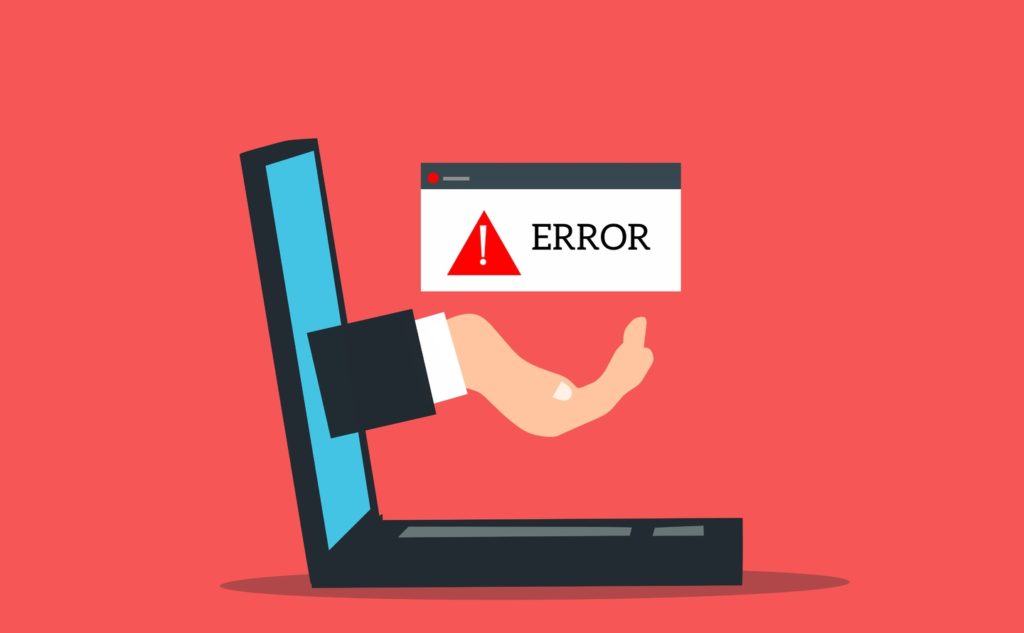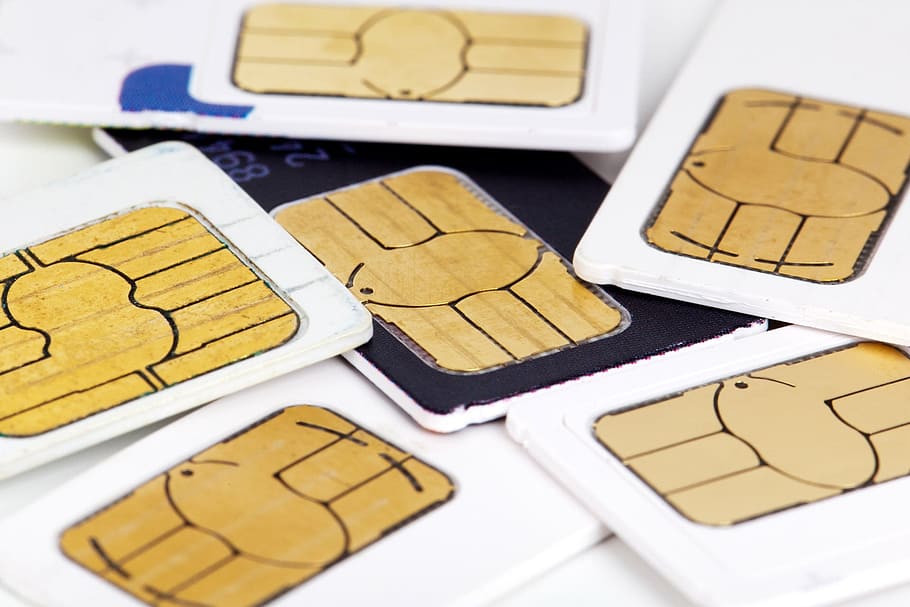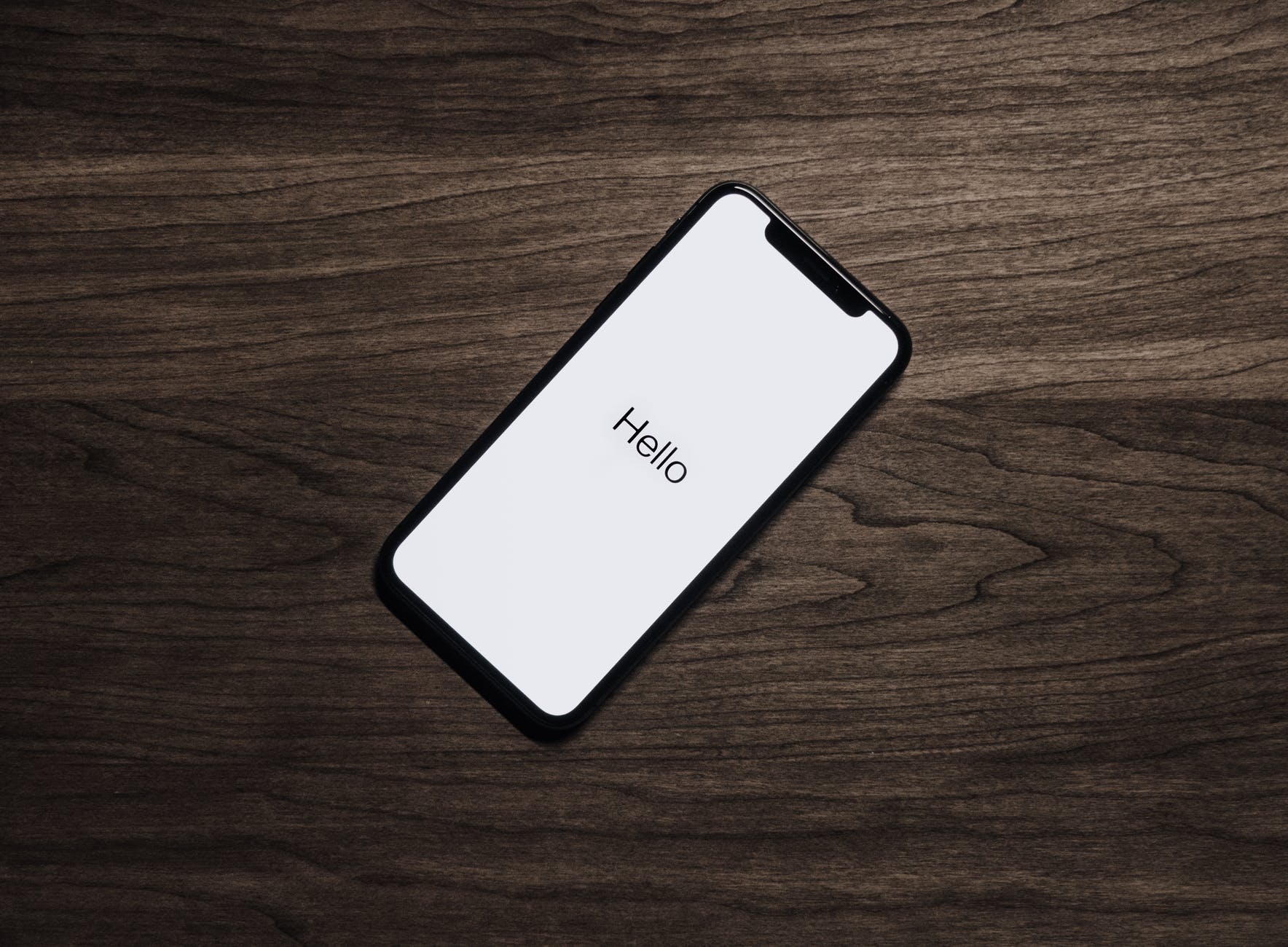
This is a guide that we probably have taken way too long to write. However, if we would’ve written this guide at the very beginning when the site was starting we wouldn’t have the know-how that we’ve been able to amass amongst travels and research. Therefore, we felt that this was the perfect time to really churn out a full guide of things that you need to know when using a cell phone abroad. If you’ve read through some of the other articles on the site, the tips and tricks that we’re going to be sharing here are going to sound familiar. Hopefully though, this is a guide that you can revert to before all of your travels. Essentially to ensure that you check all of the boxes before checking into your flight!
Using a cell phone abroad has certainly become easier, and technically a lot less expensive than it was in the past. However, you may still have to jump through some hoops to be able to get cheap, and decent coverage. Although roaming fees aren’t as easy to fall into as they were in the past, incurring in roaming fees can still be a full blown nightmare. As the rates that you can expect to pay for data usage, and minutes are potentially higher than they’ve ever been. That’s why we stress that you should have a plan before you travel. The last thing that you want to do is arrive somewhere only to figure out that you don’t have coverage in the country. Maybe worse, you get back home to a bill that’s through the roof. Here are the topics that we’ll be covering to help you avoid those outcomes.
- Using a cell phone abroad – will my device work abroad?
- What can I do if it doesn’t?
- Ways to get coverage abroad
- What is the cheapest way to get good coverage abroad?
- Postpaid or prepaid plan – why it matters what you’re enrolled in
- Using a cell phone abroad – where you travel matters
- The number of days that you’re going to be abroad matter
- Tips & tricks of using a cell phone abroad
Using a cell phone abroad – will my device work abroad?
This is probably the first question that you’re going to ask yourself when you’re thinking about traveling abroad. How would you know if your phone is going to work abroad though? There are a couple of things to account for. Where are you going to be traveling? There are countries where you are not going to be able to get coverage from your local service provider. That doesn’t mean that your device won’t work though. The easiest way to figure out if your device is going to work is if you currently have access to the 5G network in your home country. If the maximum speed in your country is 4G that works too. The reason why we talk about speeds is essentially the recency of the phone. If you have a newer phone there’s a better chance to be able to get your device to work abroad.
As we mentioned one thing is being able to turn on the device, and another is getting coverage from your regular service provider. Most service providers have a list of countries where they provide service to. Each of these countries can have different rates that you have to be aware of. In any case, even in countries that your service provider doesn’t cover for you, you should be able to use your phone in all or most of the functions that can be used without a SIM card. Something you can also do is insert a local SIM card and use that phone in the country that you’re traveling to.
What can I do if it doesn’t?

What can you do if you can’t get the phone to work? First of all don’t panic! If you check whether or not you would be able to get coverage from your service provider in that country and you arrive and it doesn’t work, go to the basics. The first thing that is recommended that you do is reset the phone. Once you reset the phone it’ll usually figure out where it is around the world and you’ll be able to get coverage. If that doesn’t work try and make sure that your GPS or location icon is active on the phone. That could be the reason why the phone hasn’t been able to figure out where it is in the world.
Now, if you arrive at a spot in the world where you know ahead of time you won’t be able to get coverage from your regular network you may see that your phone is kind of “glitchy”. When that’s the case turn off your data. Put the phone in airplane mode if you don’t know where you can turn your data off. Once you do that you’ll more than likely be able to use the phone to do all of the things that it should be useful for without a SIM card. When all that doesn’t work, you may be looking at more serious device issues.
Ways to get coverage abroad
There are essentially 3 main ways to be able to get coverage when you’re abroad. Each of these methods can have their own nuisances to keep in mind. Quite frankly, that’s why we’ve written so many articles on this site. If you want to keep your same number and everything kind of “as is” the best thing that you can do is stay with the international coverage that your regular wireless service offers. That could mean roaming fees or buying extra coverage, but it’s an option. The second thing that you can do is get a local SIM card. This will more than likely change your number. However, it’s going to allow you to connect to a local network in the country that you’re traveling to.
The third main option is to have wifi coverage where you’re going. Now, there are two main ways to do that. You can try and find wifi spots all over town wherever it is that you travel. The problem with that is that you won’t have coverage when you’re not in these spots. Also, phone coverage to make calls won’t be available. The second wifi option is to get a mobile wifi gadget. That’s like creating your own wifi signal wherever you are. There are different options to look into with this particular option.
What is the cheapest way to get good coverage abroad?

Out of all of the options that we’ve mentioned there is one that we could look at as the cheapest way to get good coverage abroad. We would say that if you want to get good cheap coverage it could be a great idea to look into a local SIM card. The reason why we recommend this option heavily is that you’ll be able to get monthly coverage on a local network for a month at a rate of 40 dollars. To be able to get that quality of coverage on your regular plan you’ll have to pay 10 dollars on the day for the travel pass. We are not saying the local SIM card is the cheapest option, it’s the cheapest to get good coverage though.
There are cheaper ways to get coverage. For example, T-Mobile essentially allows their unlimited plan users to keep using data while abroad. What happens is that your data is going to be topped out at 2G speeds. In this day and age 2G speeds are going to cause a lot of crash apps and web browsers. There’s no reason to sugarcoat that. If you stick to just that low quality coverage it can certainly be a cheaper way to “get coverage”. It’s just not quality coverage.
Postpaid or prepaid plan – why it matters what you’re enrolled in
There are arguments to be made for both options when it comes to getting local coverage. If you’re just looking at using a cell phone abroad, and you want to judge which option is best for that, the answer could be totally different. If you want to get coverage from your regular service provider when you are abroad your best bet is to be enrolled in a post paid plan. You’ll get for example options like the T-Mobile unlimited data abroad. Granted, not all service providers give you this option. On the contrary, their roaming fees can be through the roof.
With prepaid plans you’re not going to have a lot of options as far as coverage with your regular plan goes. US users can get coverage in Mexico and Canada, but you have to get an add-on from your monthly fee. The benefit of being a prepaid plan when you travel is that if you’re going to be gone for a long time you can just not pay the monthly fee. The worst that can happen is that you’ll lose your number. So maybe you want to just add a minimum amount of data to the plan. Then spend the rest of your monthly budget on international service.
Using a cell phone abroad – Where you travel matters

It may seem like an obvious thing to say, but there are many reasons why this is true. We’ve mentioned for example, that sometimes you’ll get “regular” or close to regular coverage in neighboring countries. There are also certain countries that you’re just not going to be able to get coverage in. Check with your service provider if you are able to get coverage in the county that you want to travel to. While you’re there you can also check the rates that you could expect to pay. Let’s say though that you won’t be able to get coverage from your regular service provider wherever it is that you’re traveling. Local SIM cards can be an option in those countries.
As we’ve mentioned, rates are going to vary depending where you travel. Not only from your service provider though. Local SIM cards can be super cheap in some countries. In Latin America for example you can get monthly coverage for around 10 dollars on a local SIM card. Allowing you to surf the web at 4G speeds or at minimum 3G speeds. That’s a better deal than the 2G speeds that you can get with your regular service provider.
The number of days that you’re going to be abroad matter
Another topic that seems rather obvious. A lot of people don’t do certain things though that could really impact their ability to get coverage abroad. Particularly if you’re going to be spending a considerable number of days abroad. If you’re going to be abroad for a month or more you should try and look into other coverage options besides what you can get on your regular plan. Most service providers, at least US service providers are going to cut you off after 30 days. Even if you’ve paid for the travel pass for 29 days after 30 days abroad you won’t be able to get coverage!
Obviously, paying for a travel pass for 30 days is insane. You’d be paying 300 dollars for coverage. When you’re going to be able to get a ton of coverage with faster speed with a local SIM card. Particularly if you’re open to paying 100 dollars for the coverage! Of course, you’re going to be able to get coverage for much less. Particularly in certain places. We just thorough the 100 out there to compare it directly to the 300 dollars a month for the travel pass. If you’re going to be using a cell phone abroad for a long time look for alternative coverage options.
Tips & tricks of using a cell phone abroad

Another reason why it’s important to consider where you’re traveling is that you may need to get a different charger for your phone. You have the option of getting a good voltage converter as well. This may come as a shock to some people, but not every country in the world uses the same type of electricity. Another tip would be to always travel with an unlocked phone, always! Even if you think that you’re going to be fine with the coverage that you’re expecting to get from your regular service provider. Why do we say this? The thing is, no matter how much money you pour into your international passes, the network may not be strong enough in some parts of the country that you’re traveling to. Always keep that local SIM card option open.
If you’re worried about your data being stolen or whatever from a local SIM card then take a burner phone abroad. In using a cell abroad that doesn’t have any personal information you won’t have to worry about it being stolen. Now, be smart here, it’s not just about getting another device that is different than the one that you regularly use. If you really want your data to be safe don’t link your email, iCloud, or Google Drive accounts to that new phone. Use burner accounts with no personal data as well. That’ll keep you 100% safe. If not 100%, as safe as you’re going to be.